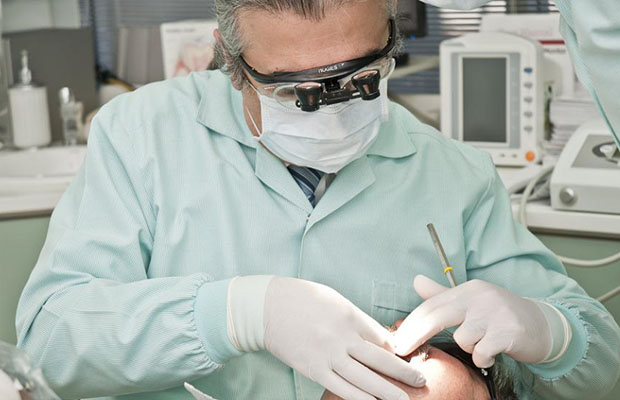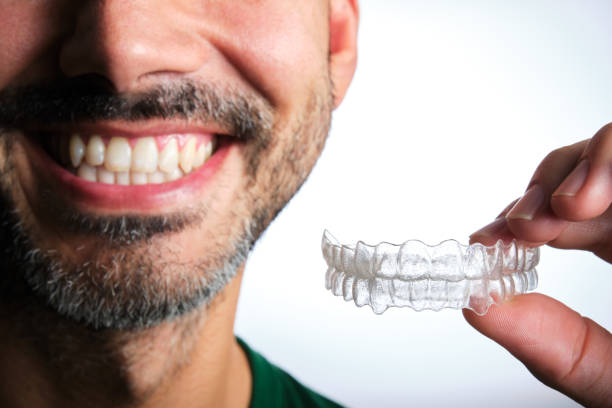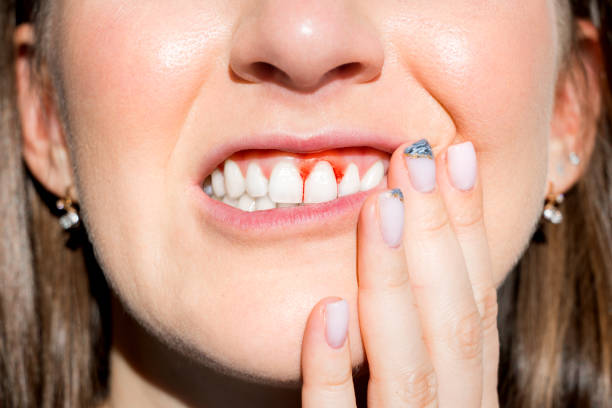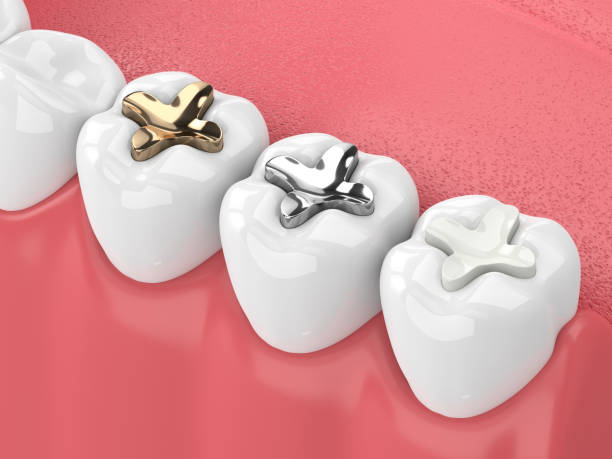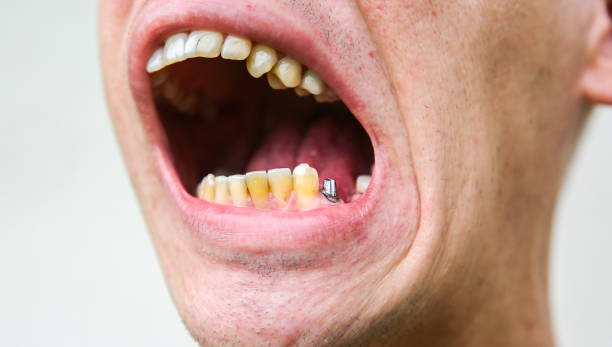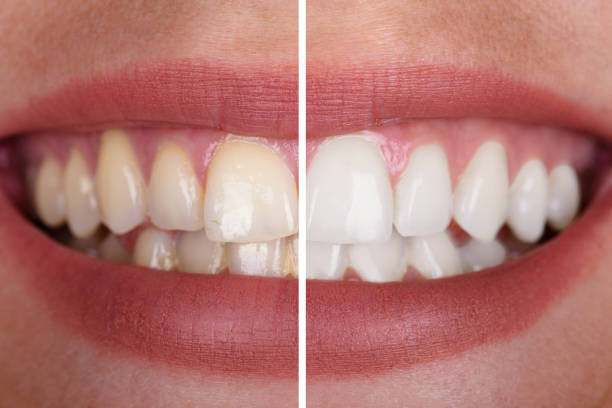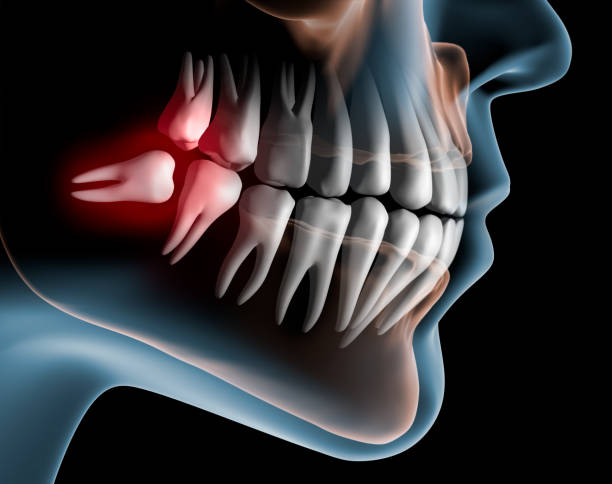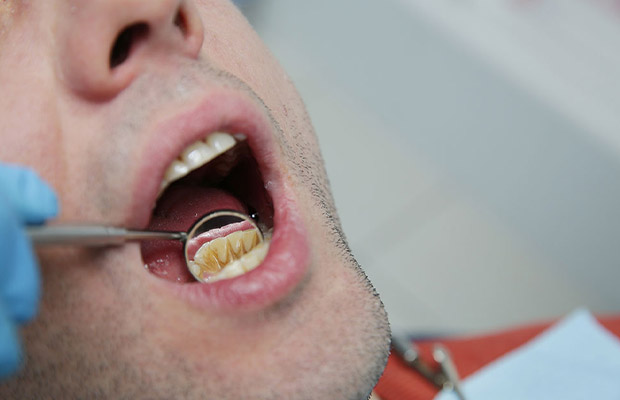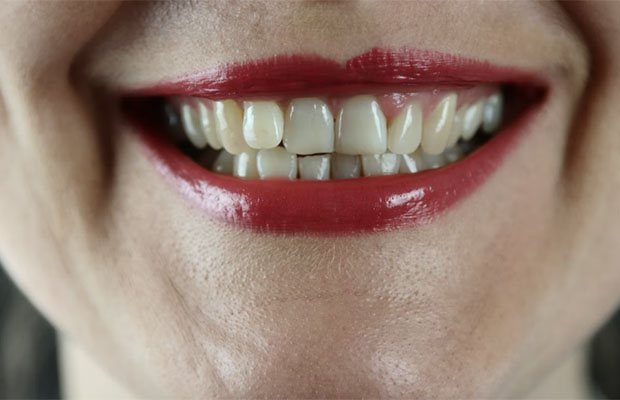The foundational principle of good dental hygiene is well known to all: brush and floss regularly. The reality, however, dictates that practice and knowledge are two entirely distinct things. We don’t always adhere to these fundamentals, even though we know them by heart.
How often should you floss your teeth since it is essential for good oral hygiene? Two or three times per day? Do you always eat right after? However, it’s not always clear how often we should floss our teeth. Flossing removes trapped food particles and plaque from the difficult-to-reach areas between your teeth and around the gumline.
Table of Contents
Why Should I Floss?
Plaque, a sticky film that contains bacteria, cannot be removed with a toothbrush because it cannot fit in between your teeth. Plaque can be removed from between your teeth by flossing.
Plaque and the bacteria that feed on sugar and food scraps that are left in your mouth after eating are removed by flossing and brushing your teeth.
When the bacteria eat, they expel an acid that can erode your enamel, the tough outer layer of your teeth, leading to cavities.
Additionally, if plaque isn’t removed, it will eventually harden into calculus (tartar), which will build up on your gumline and cause gingivitis and gum disease.
How Frequently Should You Floss?
We should brush our teeth at least twice a day, as is common knowledge. While flossing cleans the difficult-to-reach spaces between teeth and along the gum line, brushing only cleans the visible surfaces of the teeth. You must floss at least once a day to avoid plaque buildup and gum disease. The plaque, bacteria, and food particles that are difficult to reach can be removed with flossing if you rushed through brushing your teeth after a meal. In order to increase your defense against cavities and gum disease, try flossing as often as you brush. After each meal, floss between your teeth to remove food particles and completely stop plaque buildup. There is no such thing as too much flossing unless you are applying excessive pressure while doing it incorrectly and harming your teeth and gums.
How To Floss?
There is no such thing as too much flossing, but it is crucial to do it correctly to remove debris effectively and guard against harm to your teeth and gums. Once you develop the habit of flossing, you’ll wonder why it hasn’t always been a part of your regular oral hygiene routine. It takes some practice. Following are five simple steps on how to correctly floss:
- Cut a piece of floss that is about 18 inches long in half, and then wind the majority of the piece around the middle finger of one hand. A strand should be left between the remaining material and the middle finger of your other hand.
- Slide the floss between two teeth while holding it between your thumb and index fingers.
- Up and down motions with the floss. Reach the gum line, then gently bend it and tuck it under the gum next to the tooth.
- Clarify the tooth next to its gum line. To clean in between the teeth, firmly move the floss up and down against each tooth.
- To floss between all teeth, gently slide the floss out and unwind a new section.
Ideal Flossing Tips
Although it takes some practice to learn how to properly floss your teeth, once you do it’s usually simple. The CDA suggests breaking off a piece of floss equal in length to the distance from your hand to your shoulder and winding it around your index and middle fingers, leaving about five centimeters between your hands. Then, leaving a strand between your hands, wind the remaining floss around the middle finger of the other hand.
The floss should be held between the thumbs and index fingers of both hands. Slide the strand of floss between two teeth. After bending the floss and carefully slipping it under the gum next to one tooth, move the floss down or up until it reaches the gumline. The adjacent teeth undergrown should also be cleaned similarly. Move the floss firmly up and down against your tooth to clean the surfaces in between your teeth.
Slide the floss out, unwind a fresh section from the middle finger holding the most floss, and make up the slack by winding the floss around the middle finger of the other hand. Use fresh floss to cleanly fit each new space between your teeth as you floss all of your teeth, top, and bottom.
What Time Of Day Should You Floss?
The easiest time to floss is right after brushing your teeth, whether that’s in the morning or at night. But is it better to floss after brushing or before? According to a study in the Journal of Periodontology, flossing first and then brushing is more effective at removing plaque between the teeth and maintaining the concentration of fluoride on the tooth enamel.
The best time to floss, however, will ultimately depend on how much time you have available in your schedule. Therefore, make sure to set aside a brief period of time each day for this crucial practice.
Should I Floss Or Brush My Teeth First?
No matter which comes first, brushing or flossing, as long as you thoroughly clean every tooth and maintain good oral hygiene practices daily, it doesn’t matter.
A 2018 study suggested that it’s better to floss first and then brush. According to the study, brushing removed these particles after flossing loosening bacteria and other particles from in between teeth.
By strengthening tooth enamel, fluoride concentration in the interdental plaque increased as a result of brushing a second time.
But according to the ADA, depending on your preference, either brushing or flossing first is acceptable.
What Types Of Dental Floss Are There?
There are a plethora of inexpensive dental floss options available, but which floss is best for you? Each type of dental floss has advantages and disadvantages, so you might need to try a variety of products before you find one that works for you, according to Edney.
Unwaxed flosses are made of about 35 twisted strands of thin nylon and are available in various thicknesses. It may fit snugly between your teeth if they are closely spaced, but it may also be prone to shredding or breaking. Even though wax makes floss less likely to break, it may be more difficult to use if your teeth are close together. Waxed floss is essentially the same as regular floss but has a light wax coating.
A tape-style floss is frequently simpler to use between tightly packed teeth, and you can also get it in the form of convenient floss picks that are useful for getting to confined spaces, according to Edney. In comparison to floss, tape floss is typically a little flatter and wider, and it is available in waxed and unwaxed varieties.
“Use interdental brushes to keep these areas clean if you have larger spaces or any gum bleeding; they should fit snugly”, according to Edney. Interdental brushes are available in a variety of sizes to fit the size of the gaps between your teeth and have a small bristled head that fits in those spaces.
One method to get rid of food and plaque between your teeth is by flossing. As long as you floss every day to ward off tooth decay and gum disease, it doesn’t matter when you do it or even how frequently.
I Have A Hard Time Flossing, Exist Any Substitutes?
Cleaning between the teeth is done by flossing. It aids in removing dental plaque that builds up between teeth, or interproximal plaque. Additionally, it aids in clearing away debris like food scraps.
To clean between the teeth, use the following tools:
- dental floss (waxed or unwaxed)
- dental tape
- pre-threaded flossers
- water flossers
- powered air flossers
- wooden or plastic picks
- tiny flossing brushes (proxy brushes)
If you want to know which is best for you, talk to your dentist. Choose the one you enjoy using and stick with it.
Flossing With Braces
An orthodontist will place braces on your teeth to:
- straighten teeth
- close gaps between teeth
- correct bite problems
- align teeth and lips properly
The Mayo Clinic and the American Association of Orthodontists advise the following if you have braces:
- Cutting back on starchy and sugary foods and beverages that contribute to plaque formation
- Brushing after every meal to clear food particles from your braces
- Rinsing thoroughly to clear the food particles the brush left behind
- Use a fluoride rinse, if it’s been recommended by your orthodontist or dentist
- Flossing regularly and thoroughly to maintain excellent oral health
There are a few tools to take into consideration when flossing while wearing braces:
- A floss threader, which gets floss underwires
- Waxed floss, which is less likely to catch on braces
- Water flosser, an interdental flossing tool that uses water
- Interdental flossing brushes, clean out debris and plaque that get caught on brackets and wires, and in between teeth
Final Thoughts
Patients should aim to floss at least once per day. The best time to floss is at night before you go to bed and before you’ve brushed your teeth. It’s crucial to floss before brushing because brushing will help remove any debris you remove from in between your teeth from your mouth.
In addition to brushing and flossing at home, make routine dental appointments to catch any potential issues early, when solutions are frequently easier and less expensive.

